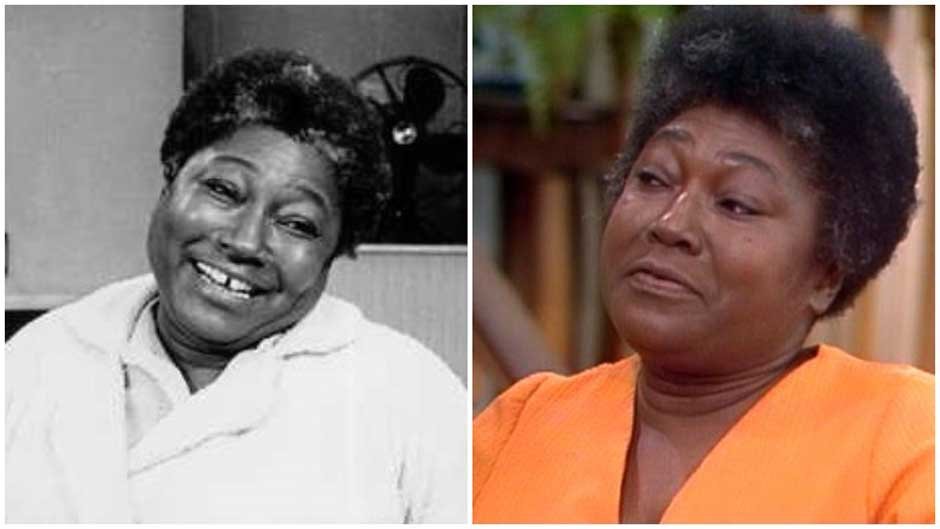Your Dog is Your Mirror: How to Keep Your Canine Calm During Fireworks

Introduction
Fireworks, with their dazzling displays and thunderous sounds, are a highlight of many celebrations, including the 4th of July. However, for our furry friends, particularly dogs, these explosive festivities can be a source of great anxiety and distress. In this guide, we’ll explore the reasons behind dogs’ fear of fireworks, the signs of anxiety in your canine companion, and practical strategies to keep your dog calm and anxiety-free during fireworks displays.
Why Are Dogs Afraid of Fireworks?
The fear that dogs experience during fireworks is primarily due to the intense noise generated by these pyrotechnic displays. Dogs have significantly more sensitive ears than humans, and the loud booms and cracks of fireworks can be physically painful for them. Moreover, dogs cannot comprehend the unpredictable and repetitive nature of fireworks, which adds to their distress.
Dr. Andrea Y. Tu, DVM, the medical director of Behavior Vets of NYC, explains, “Fireworks and thunderstorms—they’re panic in a box. These loud bangs and sudden bursts of light are things that you can’t explain to a dog, and I think that’s what distresses them so much.”
While some dogs may be more prone to fireworks-related anxiety due to noise phobias, noise sensitivity, or generalized anxiety disorder, there is no specific breed that is proven to be more susceptible. However, genetics can play a role, and if your dog’s parents suffered from anxiety, your pet may be predisposed to it. Additionally, aging dogs tend to become more nervous, as noted by the American Kennel Club.
Another contributing factor to a dog’s fear of fireworks may be lack of exposure. Dogs that have not been socialized to loud noises may react strongly when confronted with fireworks for the first time, especially if they are new to an environment with traffic noises, crowds, and fireworks displays.
Recognizing Fear in Dogs
Dogs communicate their fear and anxiety in various ways, and it’s essential for pet owners to be attentive to these signals. Understanding your dog’s body language can help you identify their anxiety levels. Signs of fear in dogs include:
- Yawning
- Excessive nose licking
- Increased blinking
- Turning or walking away from the commotion
- Ears tucked back
- Crouching with tail between the legs
- Stiffening up
- Staring
- Growling
- Snapping and biting
It’s worth noting that dogs may also exhibit facial expressions that mirror human anxiety, such as narrowed eyes, furrowed brows, and thin lips with the corners of the mouth curling up slightly.
Strategies to Help Your Dog During Fireworks Displays
1. Avoid Exposure
One straightforward approach to keeping your dog calm during fireworks is to avoid exposing them to the source of their fear in the first place. If possible, take a trip with your pet to a quieter location away from the fireworks display. If your dog is not comfortable in the car, consider using a pet carrier like the Sleepypod Air for a secure and stress-free journey.
2. Create a Sound Bunker
If leaving the area is not an option, create a designated “sound bunker” within your home. Choose a room that is as far away from the commotion as possible, such as a basement, laundry room, or bathroom. Installing blackout window shades and placing carpets, pillows, and blankets in front of windows can act as effective noise buffers. Additionally, consider adding a white noise machine, like the Sound + Sleep by Adaptive Sound, or play “Through a Dog’s Ears,” a classical music collection specifically designed to calm dogs.
3. Calming Accessories
Various calming accessories can prove helpful in alleviating your dog’s anxiety. These include:
- ThunderShirt: A vest that applies gentle pressure to the dog’s chest to relieve anxiety.
- Behavioral Supplements: Supplements like Solliquin, Zylkene, or calming probiotics such as Calming Care or Progility Calming.
- Adaptil: An aerosolized pheromone that can be attached to a collar or plugged into an outlet.
Experiment with these options to find the one that works best for your dog.
When to Involve Your Vet
If home remedies fail to effectively manage your dog’s anxiety, it’s advisable to consult with your veterinarian. Medication and professional guidance may be necessary. However, Dr. Tu emphasizes that medications should not be administered immediately before a fireworks event. It’s essential to consult with your vet at least two weeks before the anticipated event to allow time for testing different medications if needed.
In extreme cases of panic during fireworks, vets may administer anxiety medications via injection, which act faster than oral medications. However, it’s crucial to plan ahead and schedule a vet appointment as soon as possible to prevent severe anxiety during future events.
Conclusion
Understanding your dog’s fear of fireworks and recognizing the signs of anxiety are essential steps in helping your beloved pet cope during fireworks displays. By implementing strategies like avoiding exposure, creating a sound bunker, and using calming accessories, you can ensure a safer and more comfortable experience for your furry friend during celebrations involving fireworks. Don’t hesitate to involve your veterinarian if you require additional guidance and support in managing your dog’s anxiety effectively. Remember, your dog’s well-being is worth the effort to keep them calm and anxiety-free during these festive occasions.



